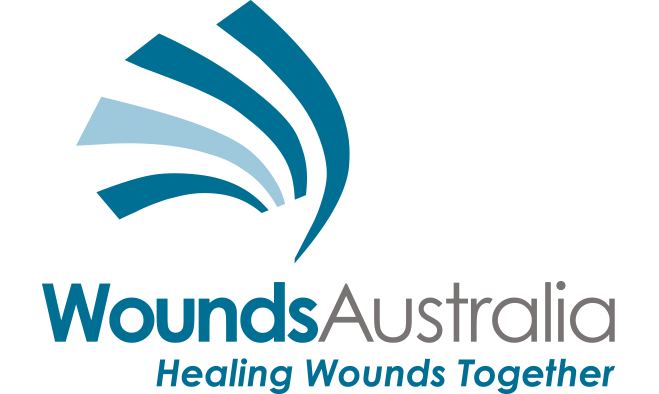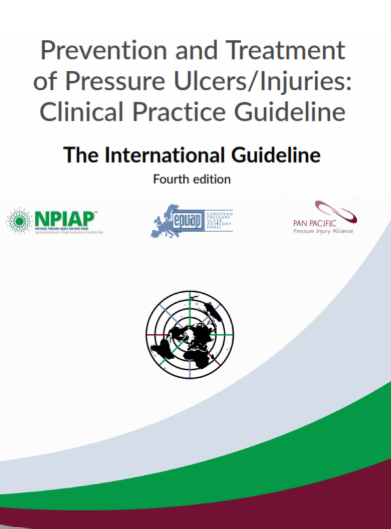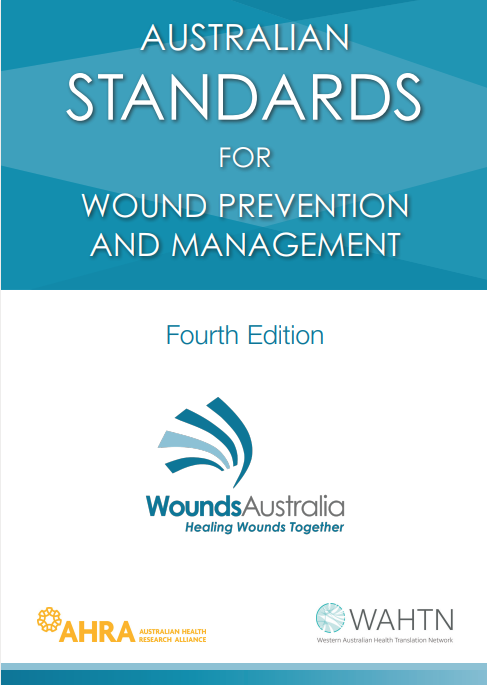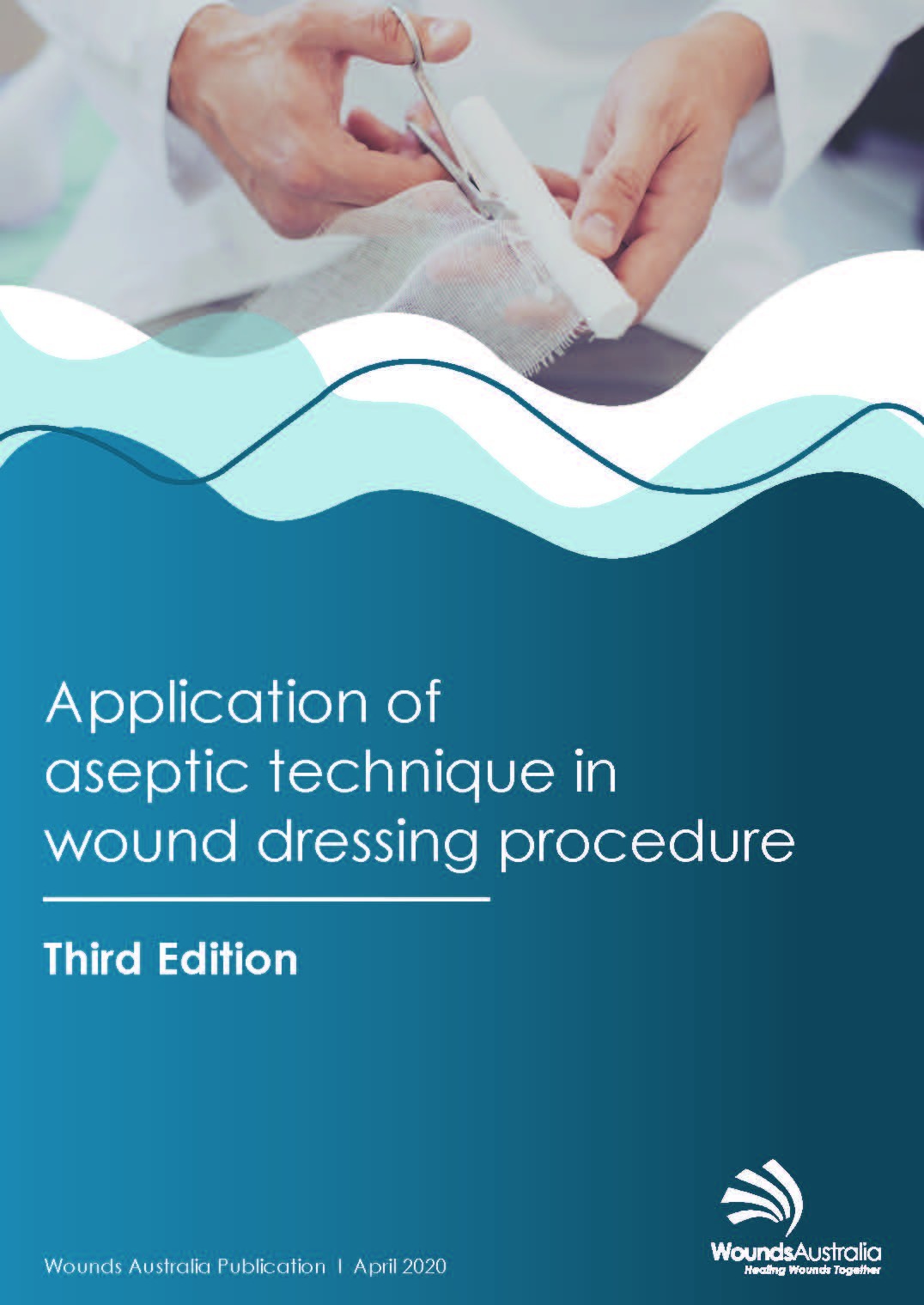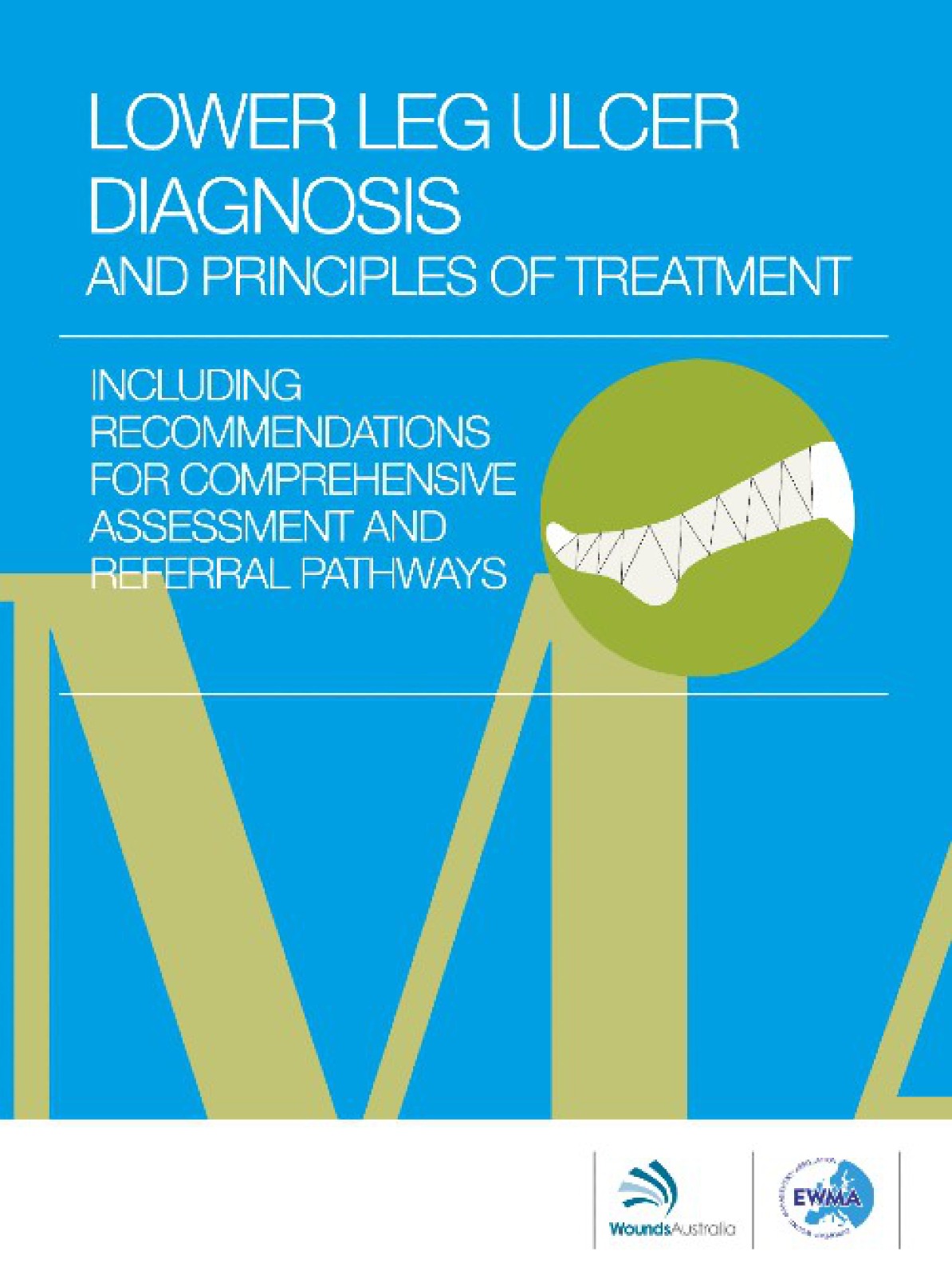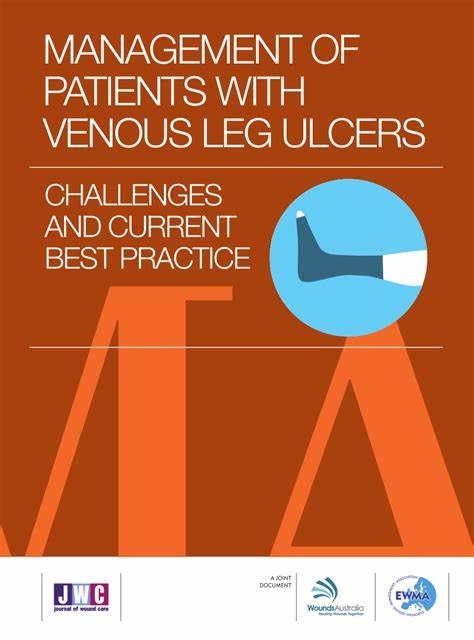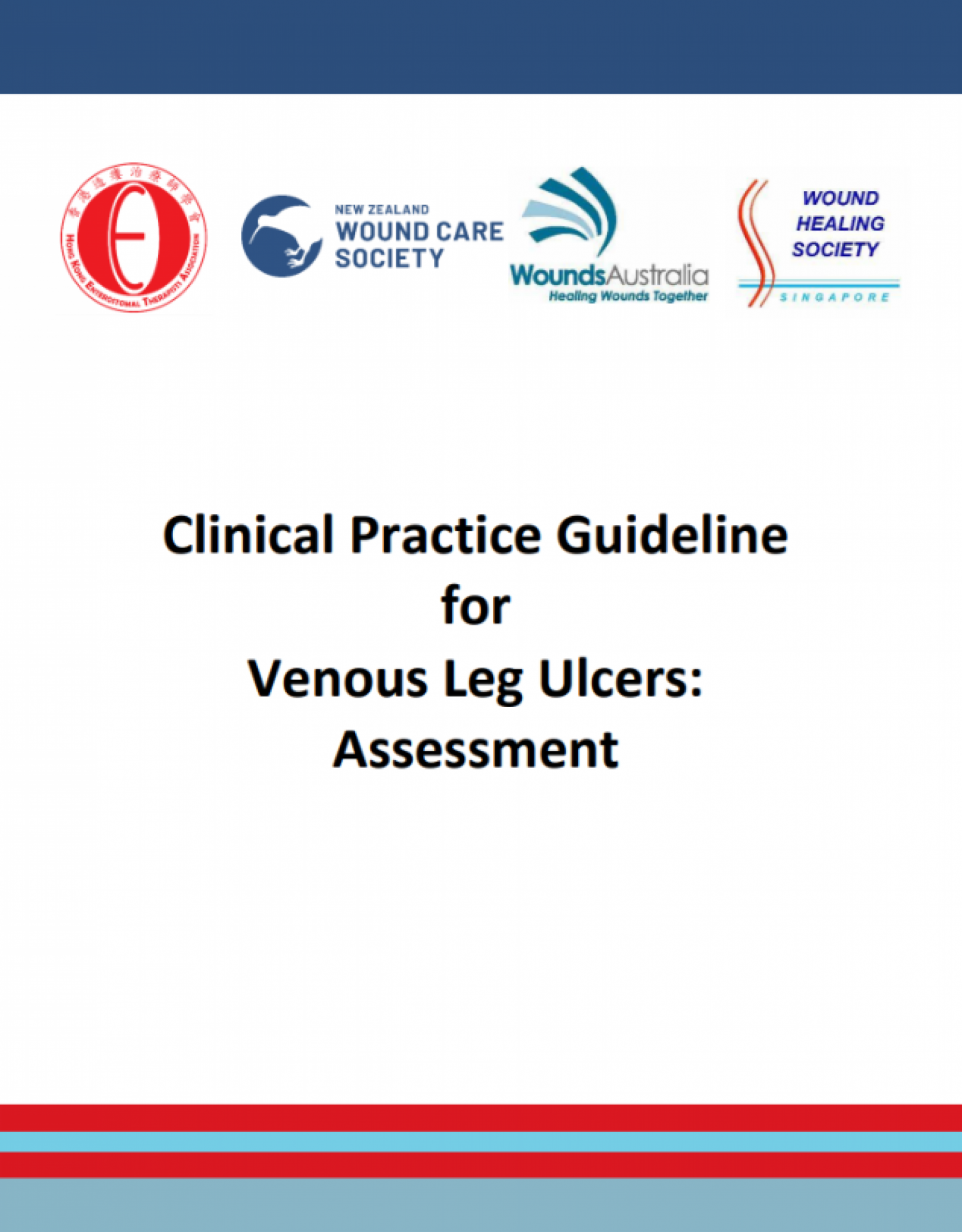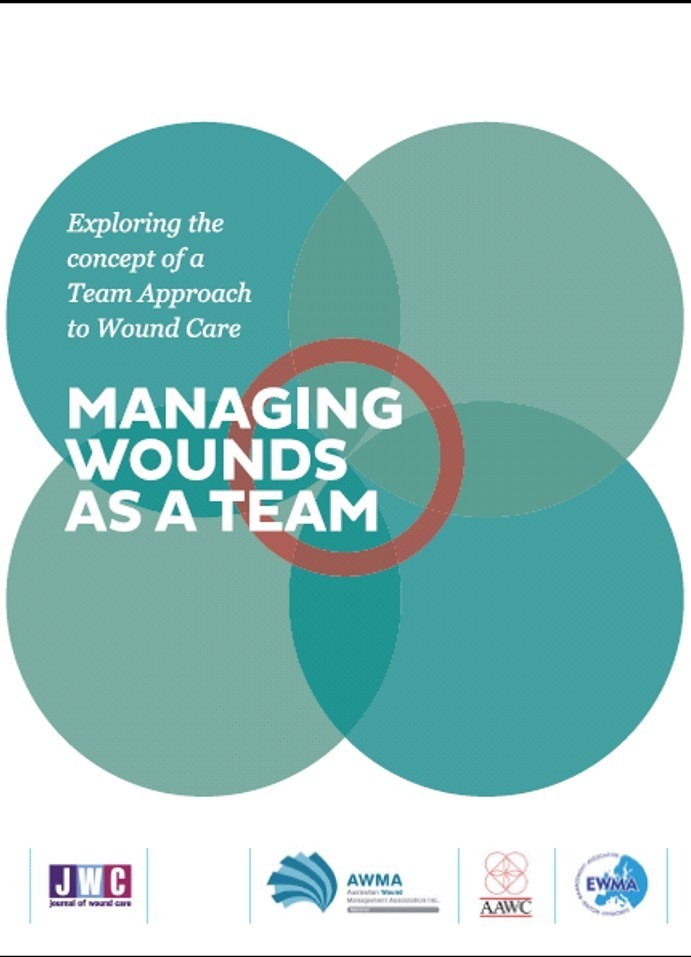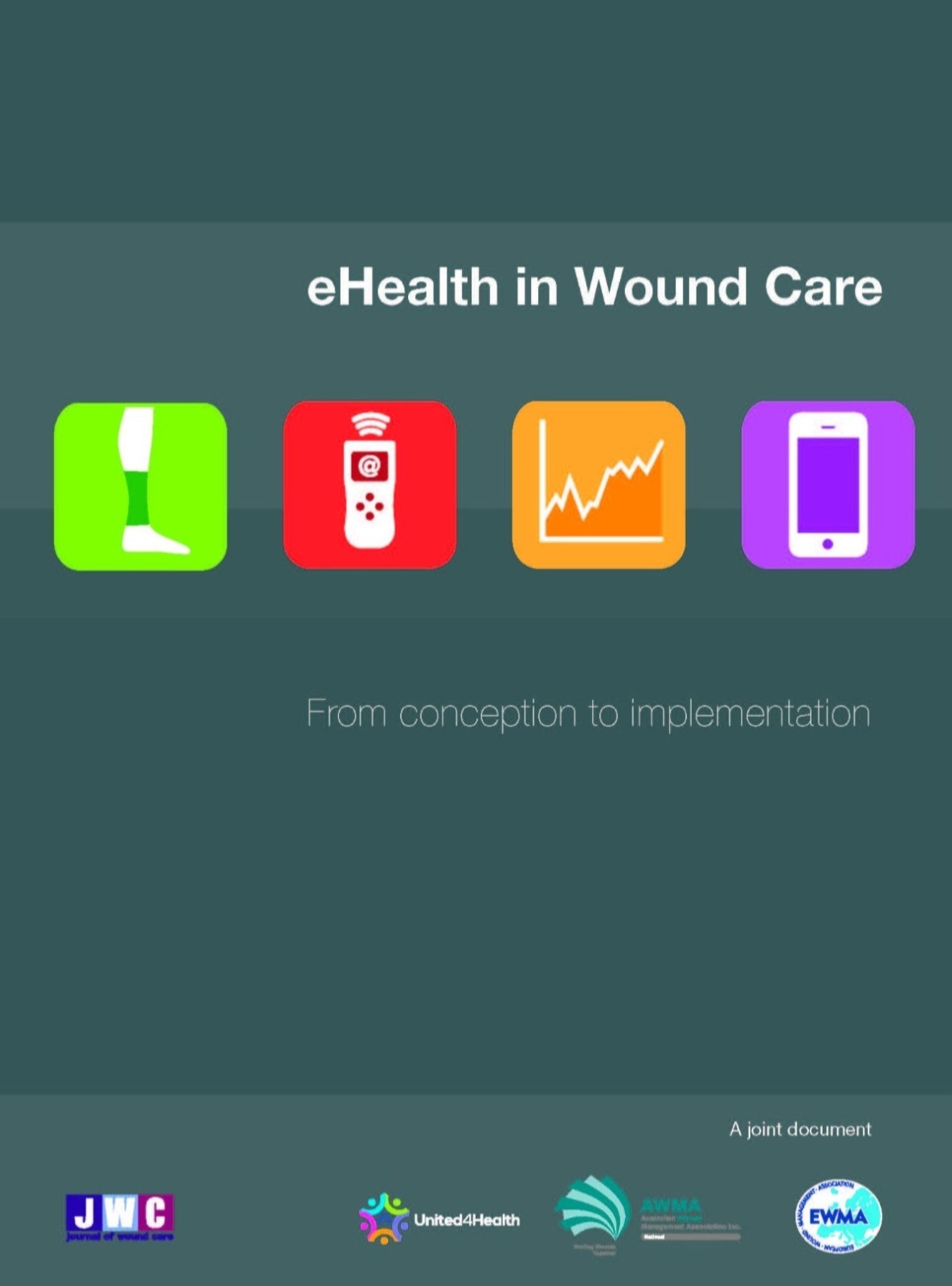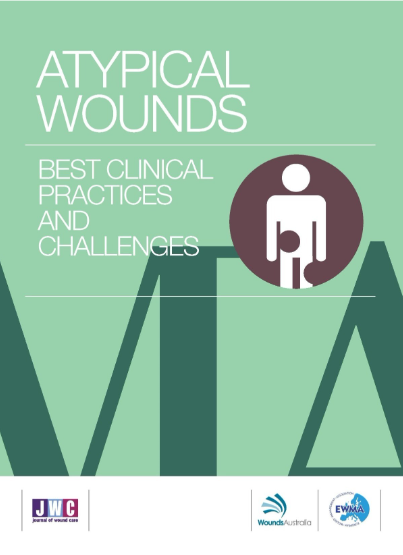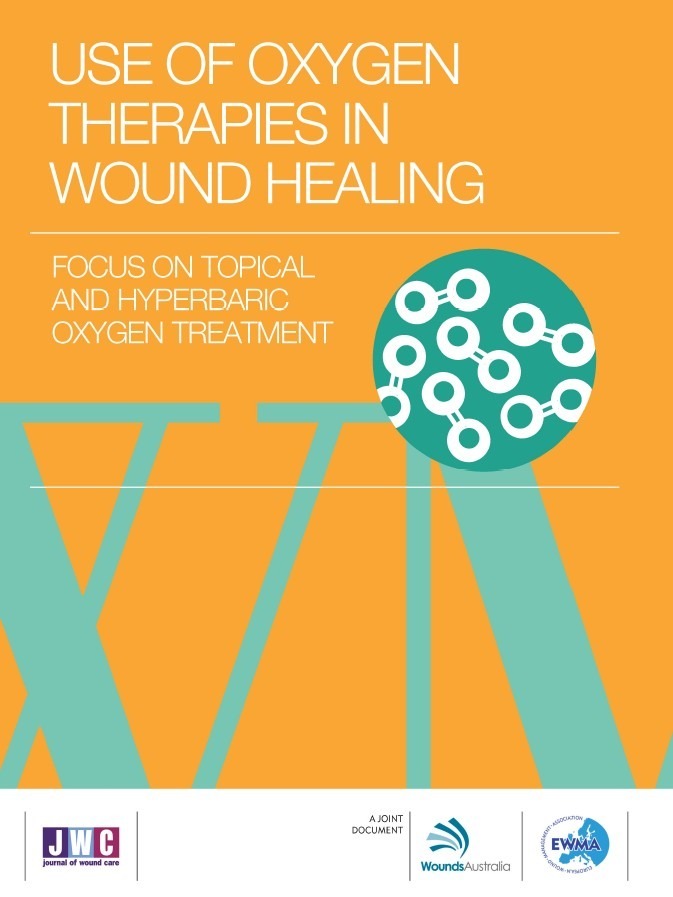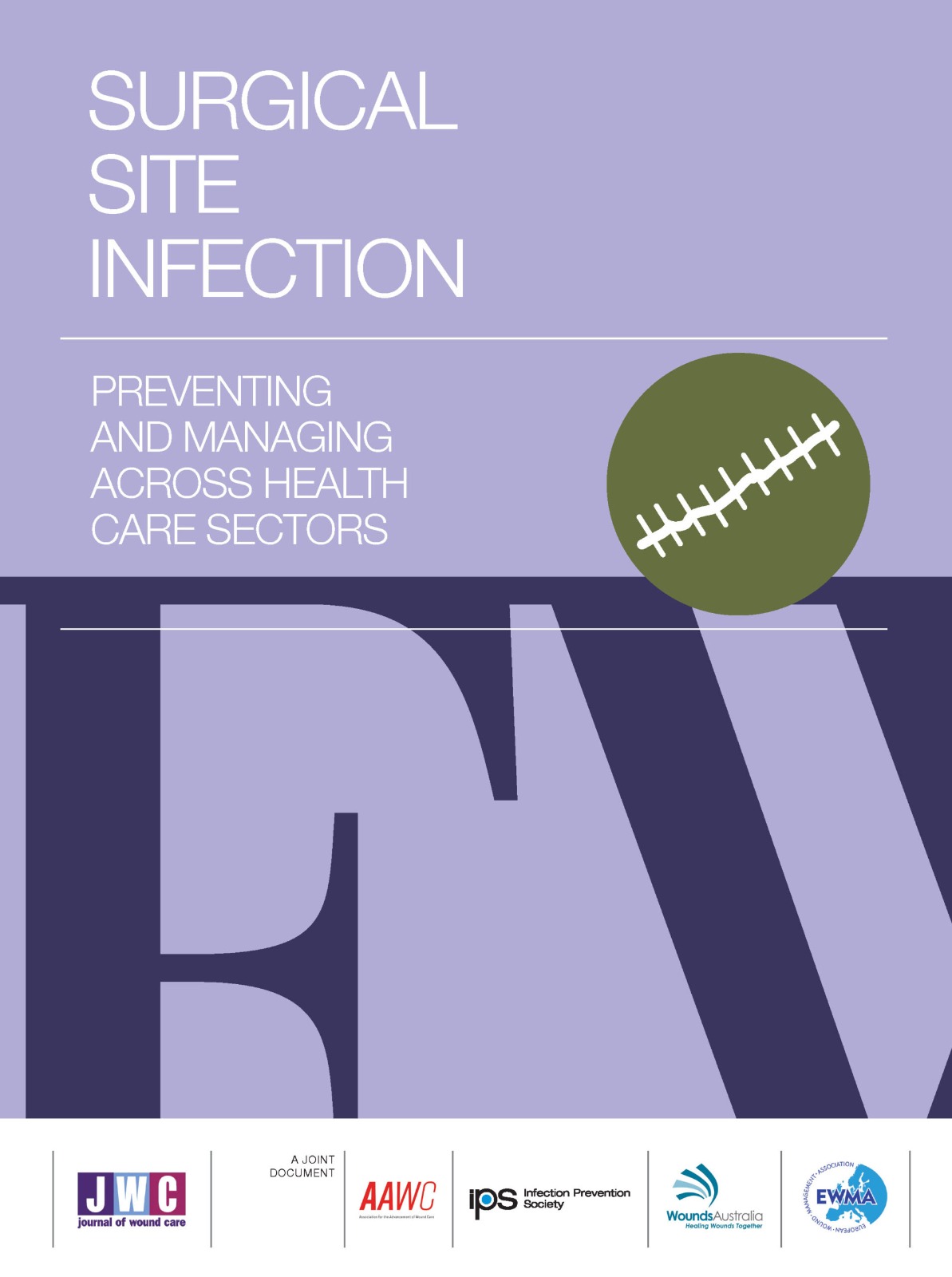Standards & Guidelines.
Access to the latest research evidence is just one benefit of being a Wounds Australia member. On this page, you will find a range of up-to-date publications on a variety of aspects of wound care.
- All electronic resources are free for members to download.
- Some electronic resources are offered free to everyone.
- Print copies of some publications are available (and heavily discounted for members).
Click each title to find out more.
Interested in reproducing content from our publications? Please read our extract guidelines below.
Pressure Injuries: The International Guideline (2025)
The 4th edition of The International Guideline provides evidence-based recommendations for preventing and treating pressure injuries, implementation advice, and a quality audit guide with 20 indicators. The electronic version is free to download from 28 February 2025, with publisher approval required for extracts.
Wound Standards
The fourth edition provides an evidence-based framework for best practice in wound prevention and management, guiding clinical practice, policies, and education.
It aims to embed best practice standards across care settings to reduce harm from chronic wounds.
Aseptic Technique
A consensus document developed by Wounds Australia with a diverse group of healthcare professionals across Australia and from varied professional and geographical backgrounds. It outlines key considerations in the application of aseptic technique, including:
- cleaning and environmental aspects
- wound cleansing
- the storage of wound care products
- the use and management of open but unused dressings, and more
Lower Leg Ulcer Diagnosis and Principles of Treatment
To address the lack of uniform diagnostic guidelines for lower leg ulcers, EWMA formed a working group to compile the best evidence on diagnosing infection, arterial and venous insufficiency, leg oedema, and atypical causes. In collaboration with Wounds Australia, this document serves as a practical diagnostic tool, supported by a one-page guide available on the EWMA website.
Management of patients with venous leg ulcers
This document highlights some of the barriers and facilitators related to implementation of VLU guidelines and provides clinical practice statements to overcome these and "fill the gaps" currently not covered by the majority of available guidelines.
Venous Leg Ulcer Guideline
The Australian and New Zealand Clinical Practice Guideline for Prevention and Management of Venous Leg Ulcers consensus presents a comprehensive review of the assessment, diagnosis, management and prevention of VLUs within the Australian and New Zealand healthcare context. A new edition is currently in production and, in April 2025, an updated Assessment section was published.
Managing Wounds as a Team
Healing chronic wounds requires a multidisciplinary approach, which can be complex for both patients and healthcare professionals. This position document, developed with EWMA and AAWC-USA, presents a patient-centred model to guide team-based wound care.
eHealth in Wound Care
A rapid and structured overview for clinicians of eHealth (telehealth and telemedicine) applications in wound care, including terminology, methodology, benefits and barriers to implementation. This 2015 publication is a joint project of EWMA and Wounds Australia.
Atypical Wounds
Atypical wounds comprise about 20% of all wounds and are expected to become more common as our population ages, so it's essential that healthcare professionals understand how to identify them and refer to an expert where necessary. This document covers diagnosis and treatment based on evidence from research.
Use of Oxygen Therapies in Wound Healing
Oxygen is essential for vessel and tissue regeneration, infection resistance, and wound healing.
This guide, published by Wounds Australia and EWMA, provides an overview of oxygen therapy options, their impact on healing, and their use for different wound types.
Palliative Wound Care
This document responds to the WHO's call for clinician resources in palliative care, reviewing wound-related symptoms and providing up-to-date practice recommendations.
Its objective is to provide a synthesis of current evidence on management of core symptoms in palliative wounds, supporting health care professionals in selecting the best strategies for management of palliative wounds, and to enhance patient outcomes, research and education in this field.
Surgical site infection
While guidelines for preventing and managing surgical site infections (SSI) in hospitals are in place in many countries there is still a need for guidance on how to deal with SSI management and prevention in community care.
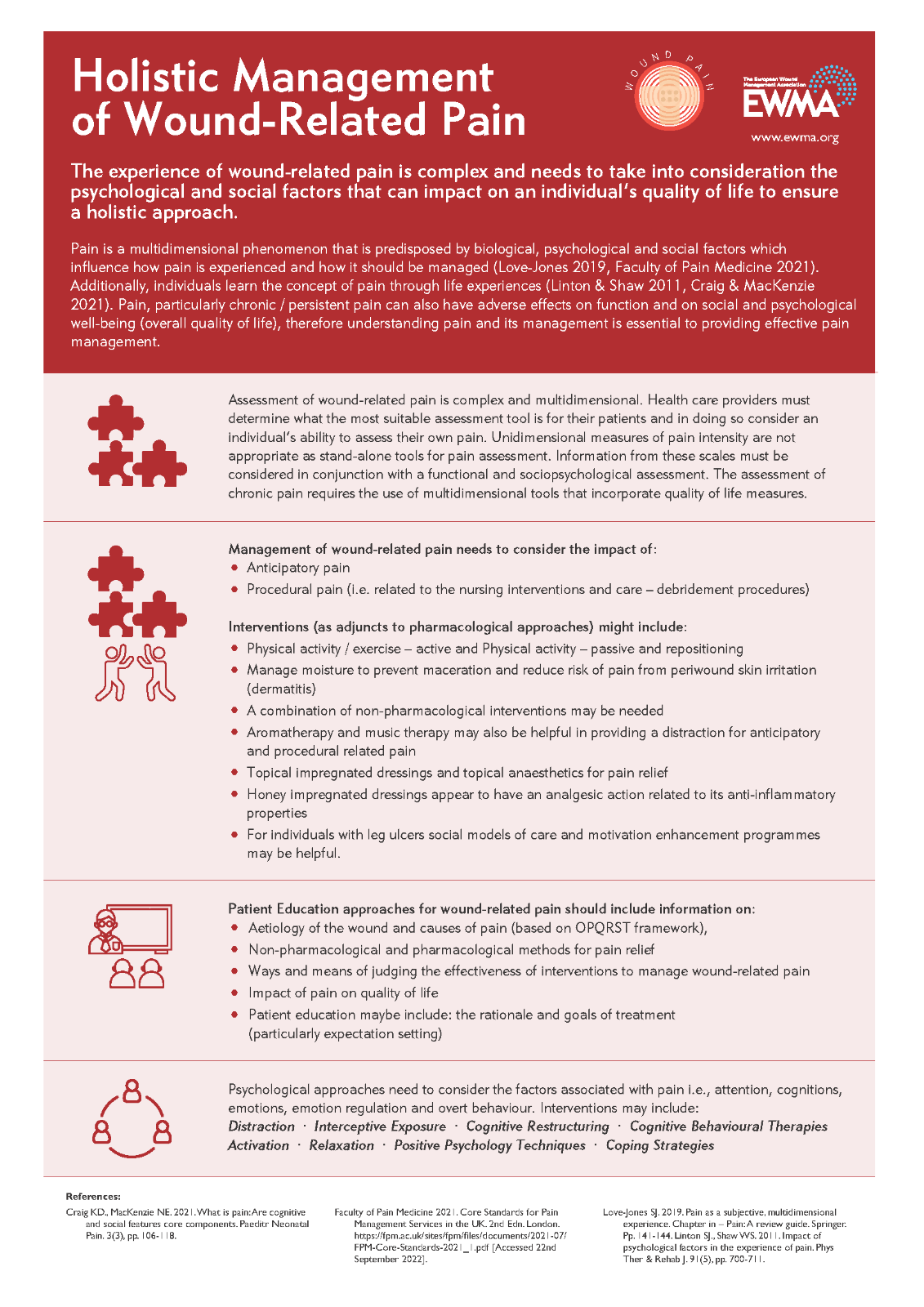 Holistic management of wound-related pain
Holistic management of wound-related pain
This document aims to review the evidence for the holistic management of wound-related pain in individuals with chronic wounds in order to provide recommendations for healthcare professionals in clinical practice.
